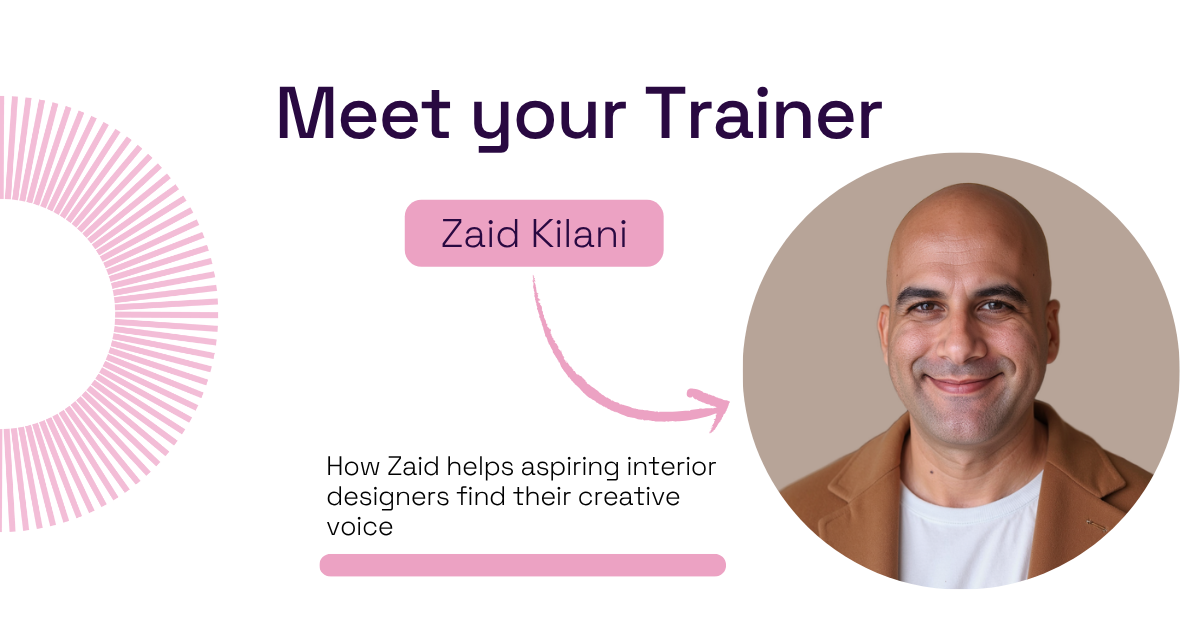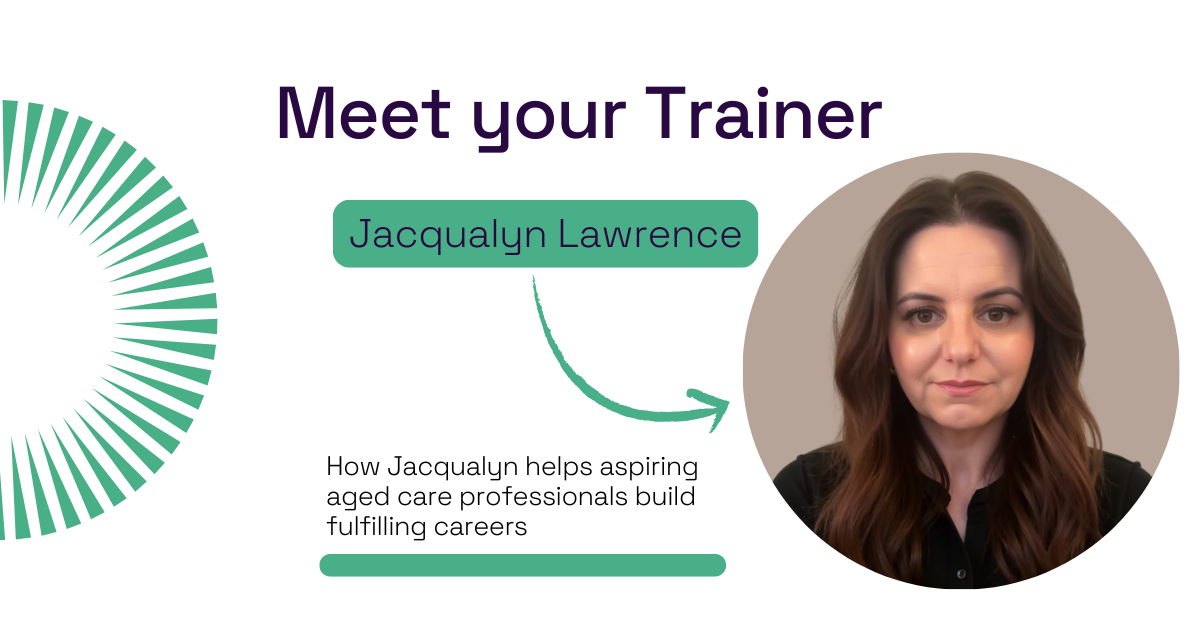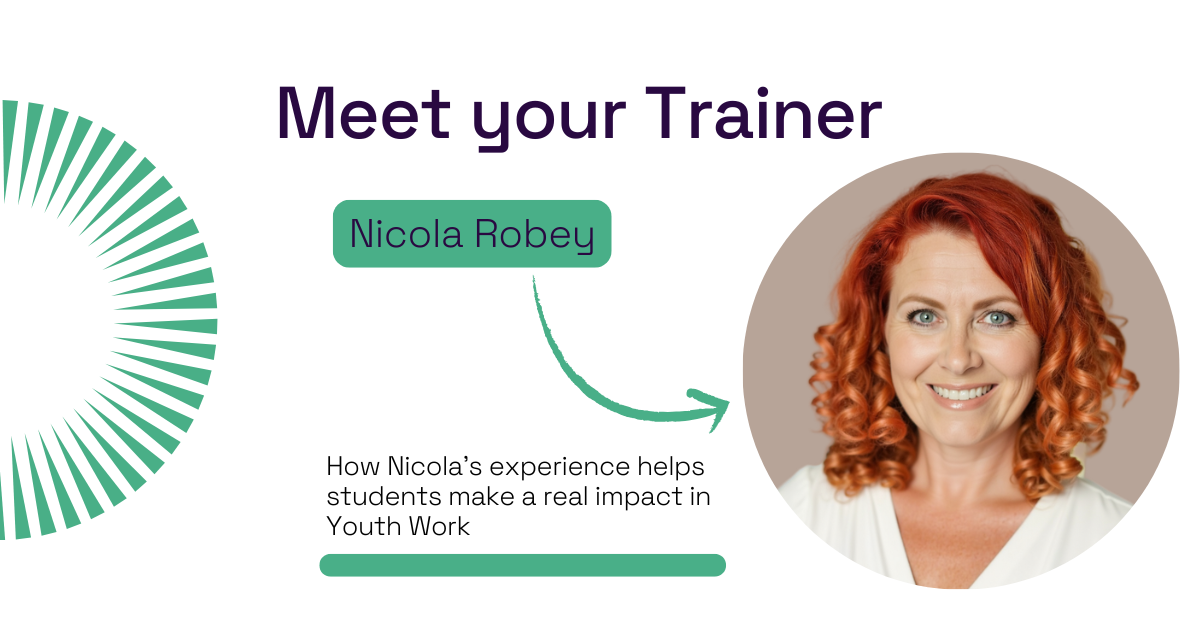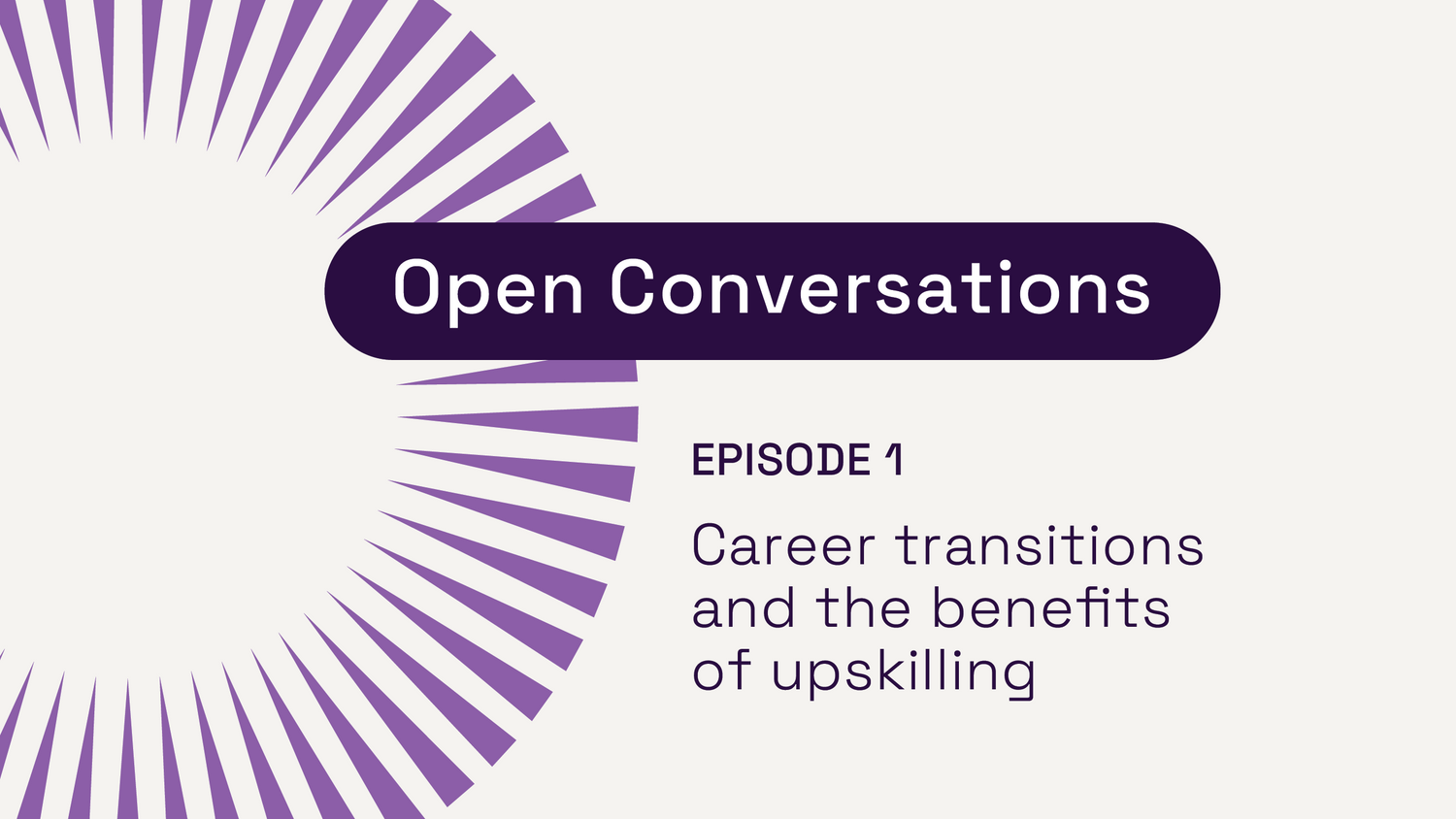Explore our collection of informative and educational blog posts to stay updated on the latest industry trends and expert advice.
Meditate or wait: Should meditation be taught in schools? [Study]

Open Colleges recently conducted a study asking over 700 Australians if they think that meditation should be a part of the Australian school curriculum. The final results came in quite close with 56% saying No, and 43% saying Yes. But what are the reasons one may be for or against meditation in schools?
What are meditation and mindfulness?
Meditation is the focusing of the mind on attention and awareness with the aim of mental clarity and to stabilise the emotional state. In Western meditation, there are two main types – focused attention meditation, and, the direction of mental attention meditation (mindfulness).
“Mindfulness involves focusing one’s awareness on the present moment – on one’s thoughts, emotions, and bodily sensations,” – Donna Housman, clinical child psychologist and founder of the Housman Institute, an early childhood training and research centre.
Why is meditation for children now in the spotlight?
Earlier this year, a survey by the Australian Primary Principals Association found that 80% of school leaders believed that anxiety was a big problem in schools. Headspace research from 2018 found that high psychological distress is experienced by almost one out of three young Australians, which is more than triple the rate found in 2007 [1].
Because of these growing rates of anxiety and other mental health issues in children, there is a strong need to figure out how to manage this situation, and mindfulness may hold many of the answers.
What are some of the benefits of meditation for children?
A 2017 analysis of 70+ studies of 6000+ school-aged children from the Journal of School Psychology found that those engaging in mindfulness had:
- Better emotion and behaviour regulation than 62% who weren’t practising mindfulness[2]
- Better academic performance than 66% who weren’t practising mindfulness[2]
- Lower depression and anxiety scores than 66% who weren’t practising mindfulness[2]
- Better social skills than 64% who weren’t practising mindfulness [2]
“Meditation and mindfulness are extremely useful tools that should be taught in school. If taught correctly, it can empower a student to reduce the effects of social adversity (bullying), can help them reduce anxiety (in order to build resilience) and can improve overall health in many other ways.” – Dr Hans Watson, psychiatrist and advanced psychotherapist.
How are meditation and mindfulness taught in schools?
School mindfulness programs are developed for different age groups. “My experience shows students can focus on a mindfulness exercise a minute for every year – so, an 8-year-old student should not be asked to be “mindful” for more than 8 minutes”. – Dr Sherry Kelly, Clinical Neuropsychologist and Licensed Psychologist.
The programs include breathing exercises and lessons teaching awareness, attention, recognising emotions, and more.
NSW leading the way with mindfulness trials
In a state-by-state breakdown of our survey results, we can see that people from NSW are the most accepting of mindfulness techniques in school at 85.6% Yes. This may be because 400 primary schools in NSW are trialling a mindfulness program in 2020 and people may already be aware and/or educated of the benefits of mindfulness.
What are some of the reasons people may be against meditation in schools?
Gender stereotypes about meditation and emotion
From our study, it can be seen that men are less accepting of the idea of meditation in schools with 61.3% of men saying no, compared to 48.6% of women. In Australia, we face many male stereotypes, such as men needing to be strong, stoic, and silent, or to appear that way at least. This desire to appear manly and emotionless combined with a lack of knowledge about mindfulness and its benefits may be a reason for such results.
Outdated beliefs about meditation
Although meditation and mindfulness have surged in popularity in the past 5-10 years, even the most progressive of us at some point have thought that it was ‘only for hippies’ and monks chanting ‘om’. But slowly but surely mindfulness is undergoing an image change and more people are learning about the benefits as it becomes more mainstream.
Religious associations of meditation
Meditation has long been a part of religions such as Buddhism. Understandably this worries parents from other religions who are concerned about what religious beliefs are taught in their children’s school. Although, it should be noted that the mindfulness taught in schools is secular and not associated with any religion in particular. So one of the reasons people may be against meditation in schools is due to perceived religious affiliation.
Lack of awareness of the benefits of meditation
Psychiatrist and advanced psychotherapist Dr Hans Watson believes that once parents are aware of the benefits of meditation and mindfulness, they support the teaching of it.
“I have never had any parents, teachers or administrators that resisted [this] after learning when and why meditation/mindfulness is helpful. However, if these individuals don’t get a chance to learn when it would be an appropriate coping mechanism and why it works, they often incorrectly assume that meditation/mindfulness are ways of avoiding life’s difficulties. This then requires some gentle education and usually, the resistance resolves.” – Dr Hans Watson.
Mindfulness for children in practice
One of the great things about mindfulness is that you don’t need a psychology degree and ten years’ experience to teach it. This makes it way more accessible and scalable to all kinds of schools, educators, community groups, and more. Although it must be noted that of course most schools and large organisations teaching mindfulness receive training and evidence-based programs that are co-developed by teams of clinical psychologists, educators and other experts.
Are you interested in mindfulness and how it can help our schools, communities and individuals? Open Colleges offers several courses that will put you on the right path to a career helping others. One of our most popular courses is the Diploma of Counselling where you can learn therapy techniques and how to help your client best.
Methodology
Survey results included responses from over 700 people Australians aged 18 and over. The facilitators of this study incentivised 2 groups of respondents to participate in this study:
- Internet users across a range of programs who are rewarded for their opinion in exchange for access to free content
- Smartphone users who opt in to participate in opinion polls in exchange for rewards determined by the research company
Internet users’ locations are determined using their IP and their demographic data is based on the target user profile of the website. Smartphone users who opt-in provide this information upon signing up to the rewards program.
The facilitators of this study ensure a balanced opinion poll by ensuring the sample of the study reflects the demographics of the target audience. For example, internet users over the age of 18. Such demographics include age, gender and geographic location. In Australia, we rely on data from Government sources such as the Australian Bureau of Statistics and other sources of data provided by web partners such as Google.
The facilitators of this study maintain the integrity of the research data by using the following 2 steps:
(1) Stratified sampling by filtering demographic data to align with the intended audience, and
(2) Post-stratification weighting to ensure consistency between intended and actual audience population data.
Sources
[1] : Headspace research 2018
[2] Klingbeil, D. A., Renshaw, T. L., Willenbrink, J. B., Copek, R. A., Chan, K. T., Haddock, A., … & Clifton, J. (2017). Mindfulness-based interventions with youth: A comprehensive meta-analysis of group-design studies. Journal of school psychology, 63, 77-103.








